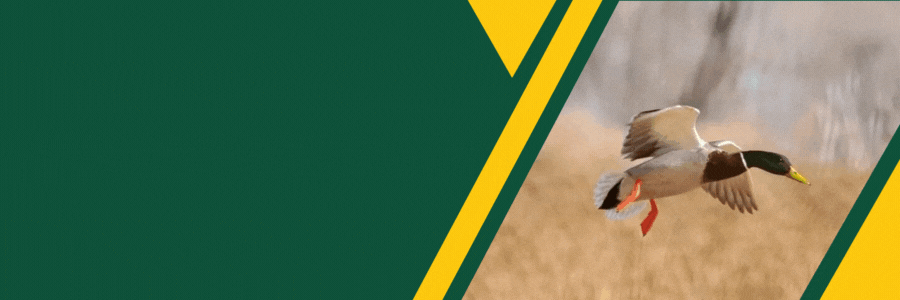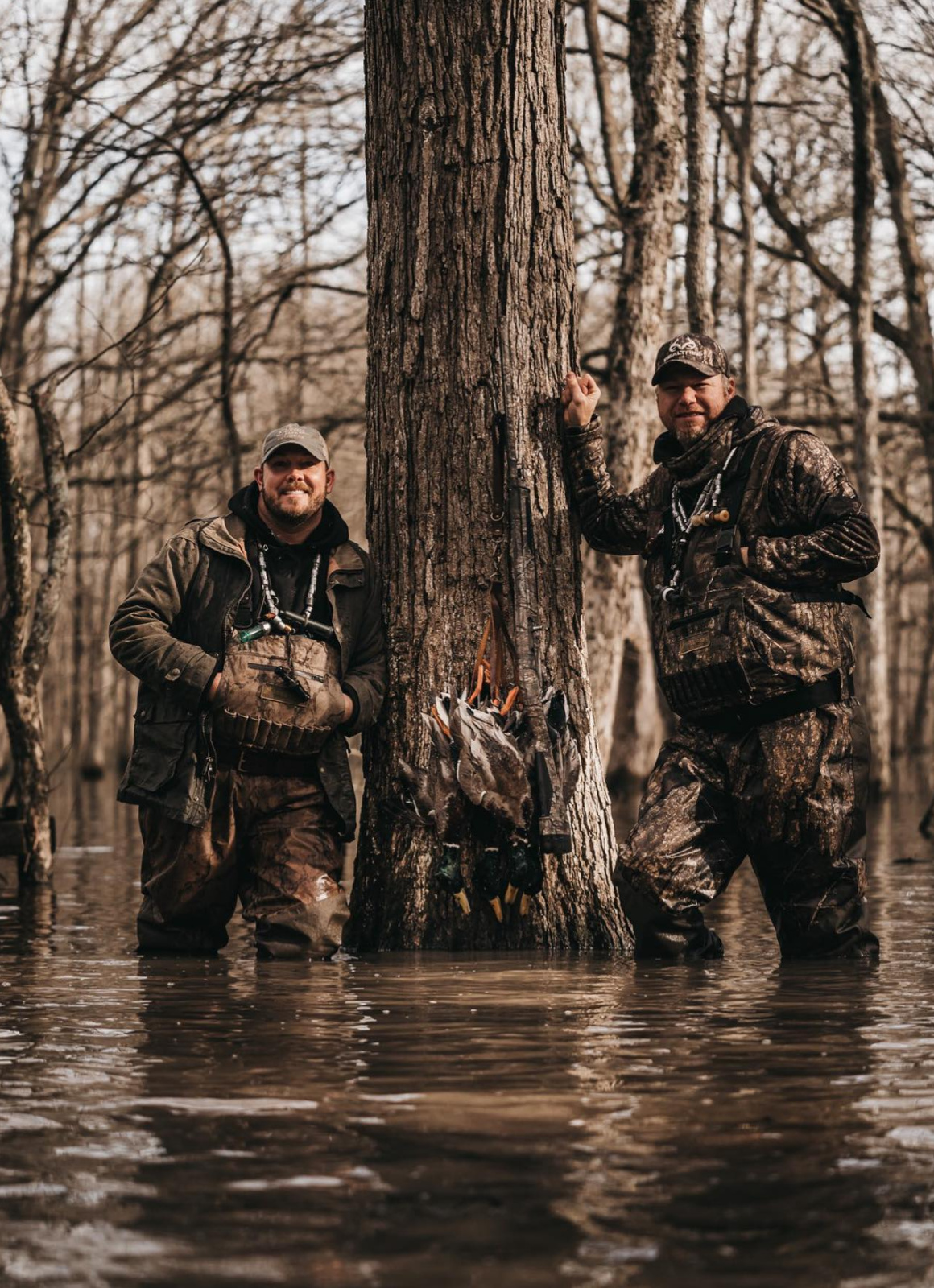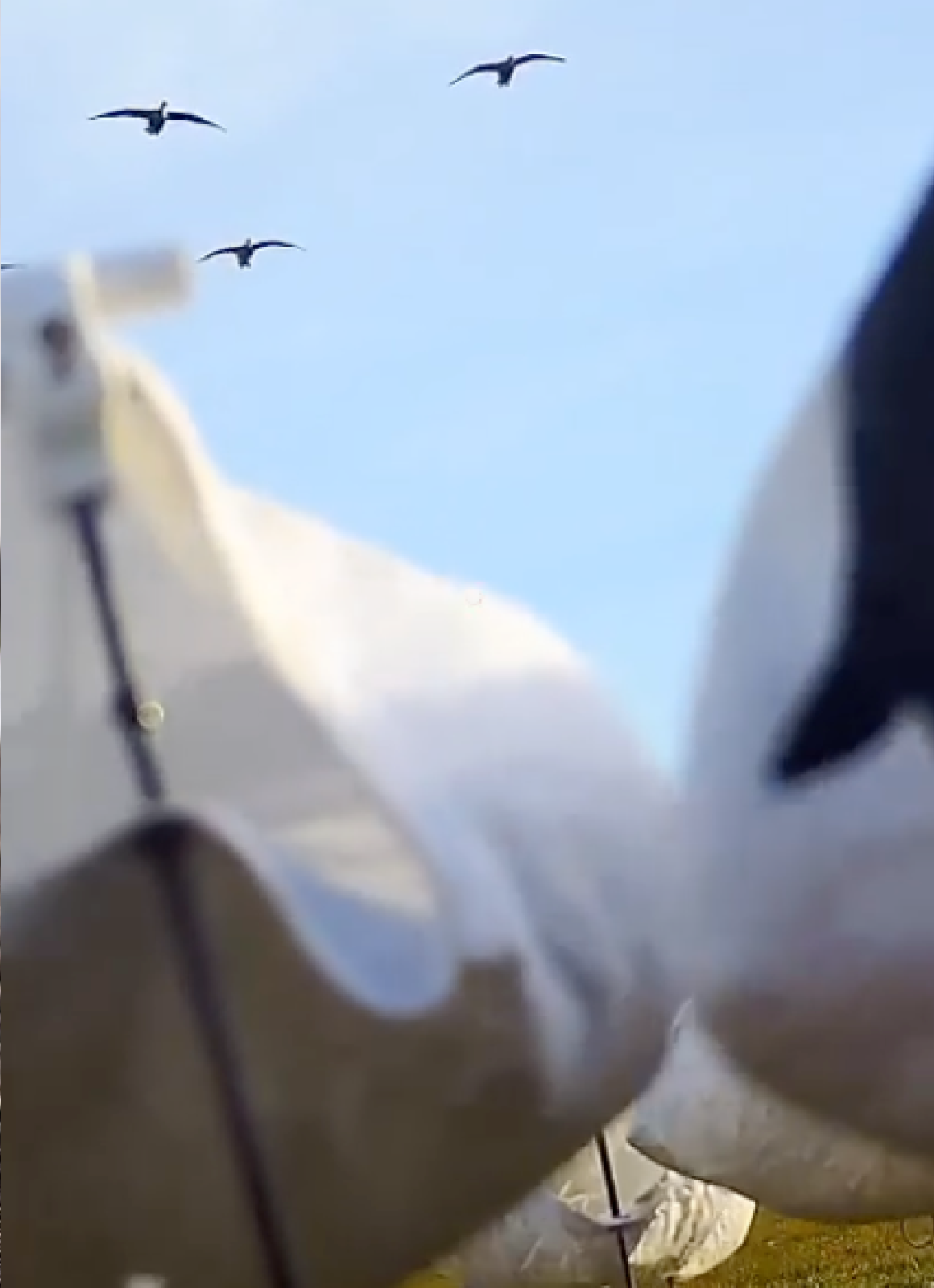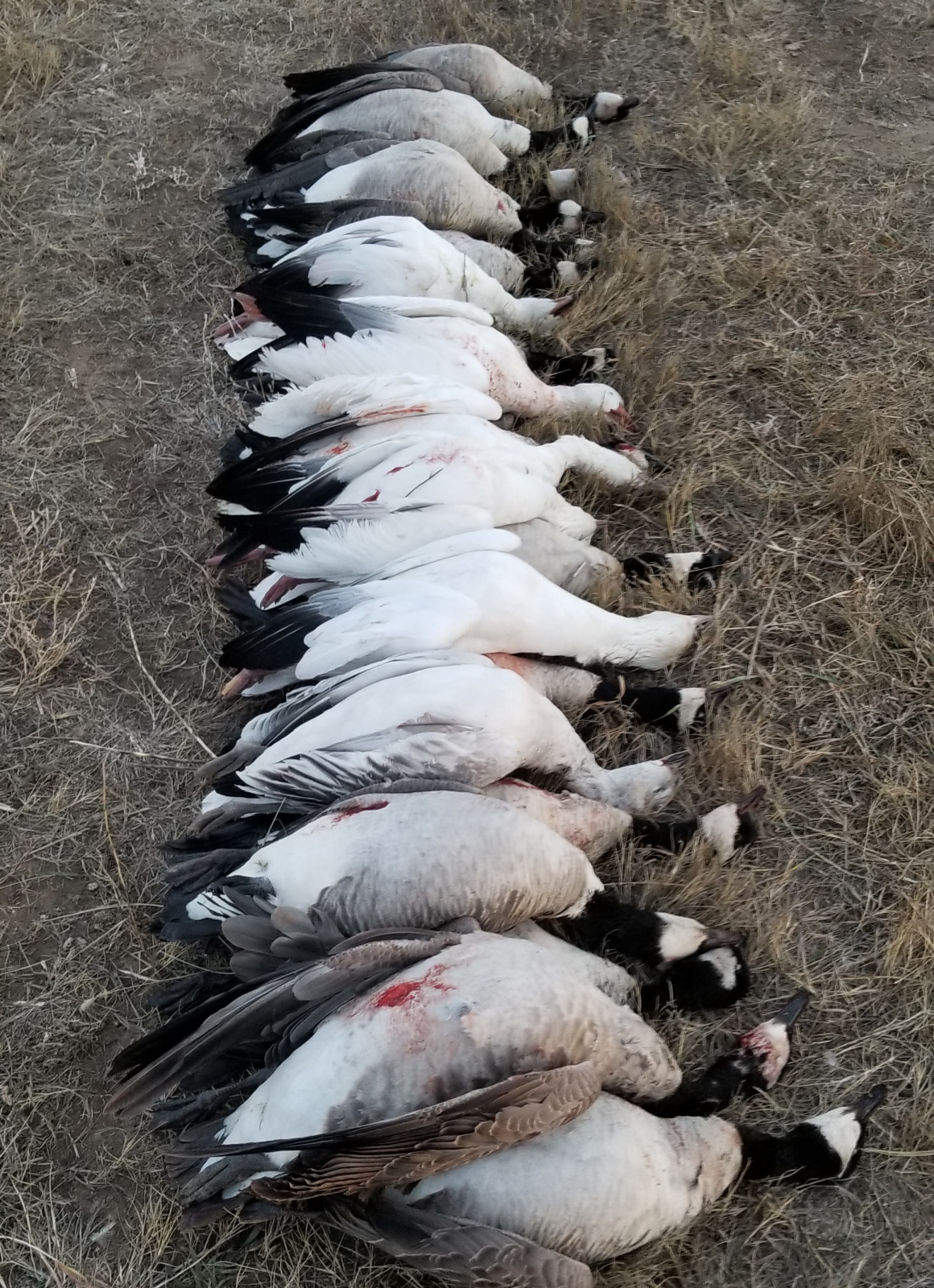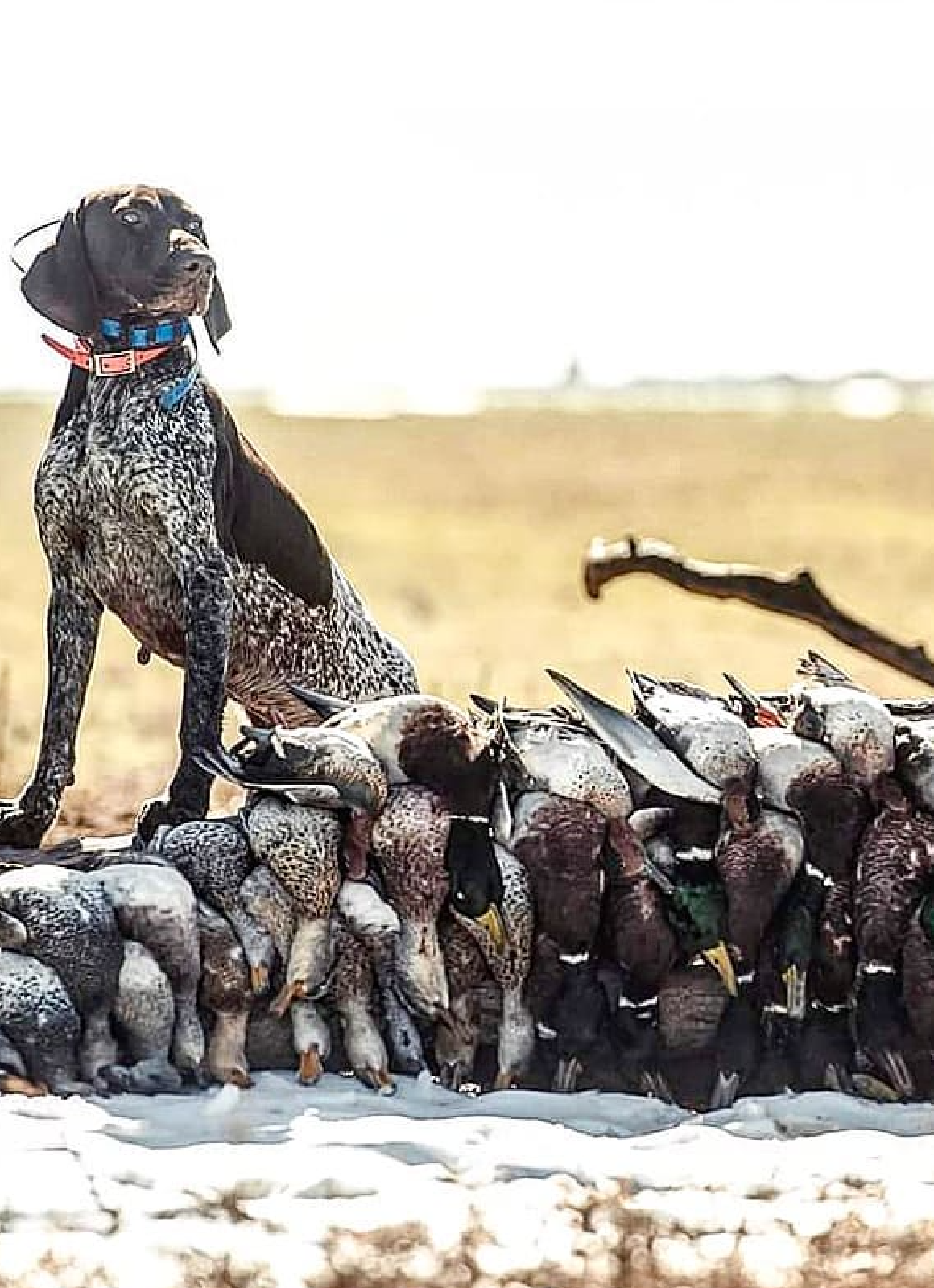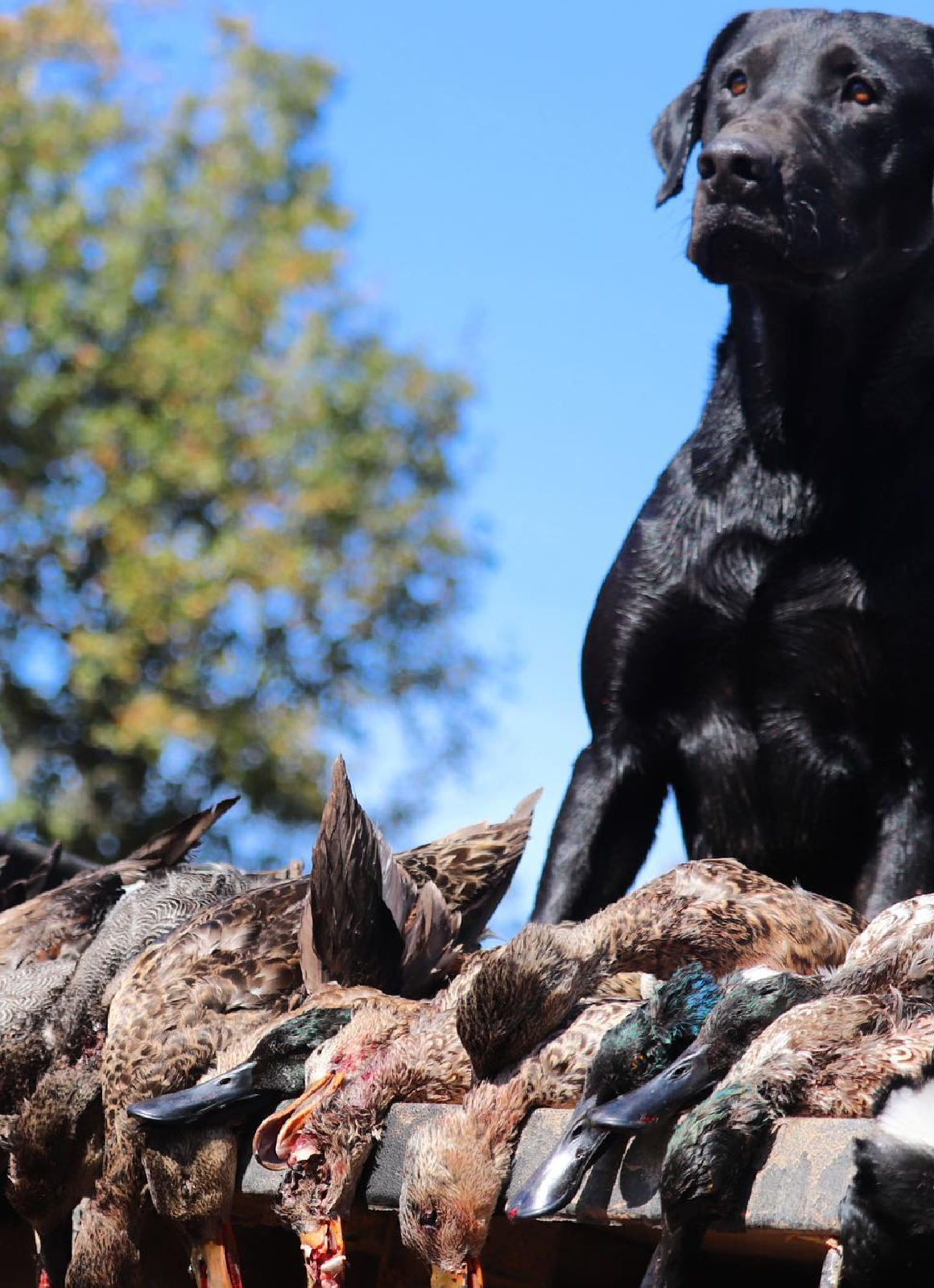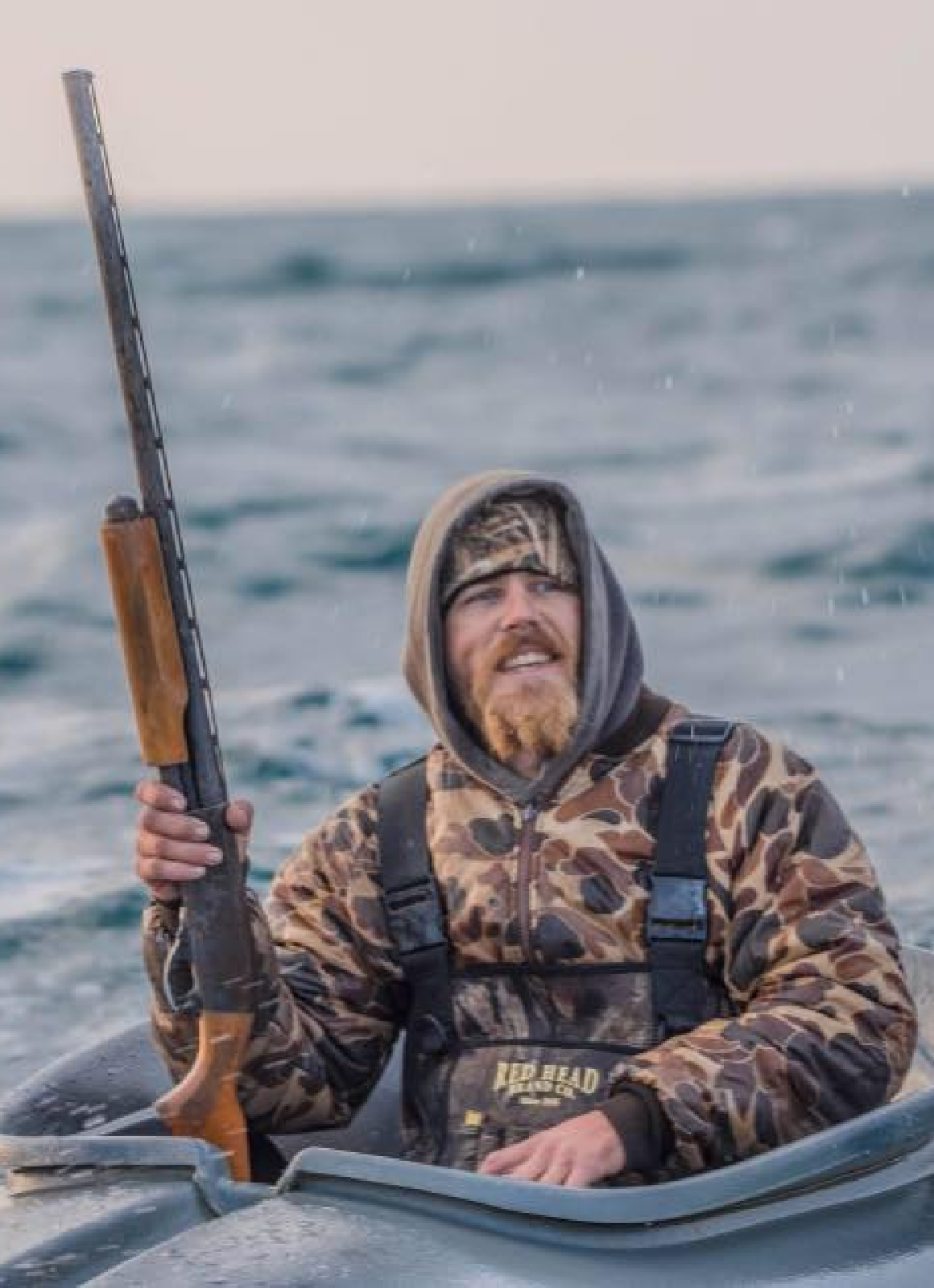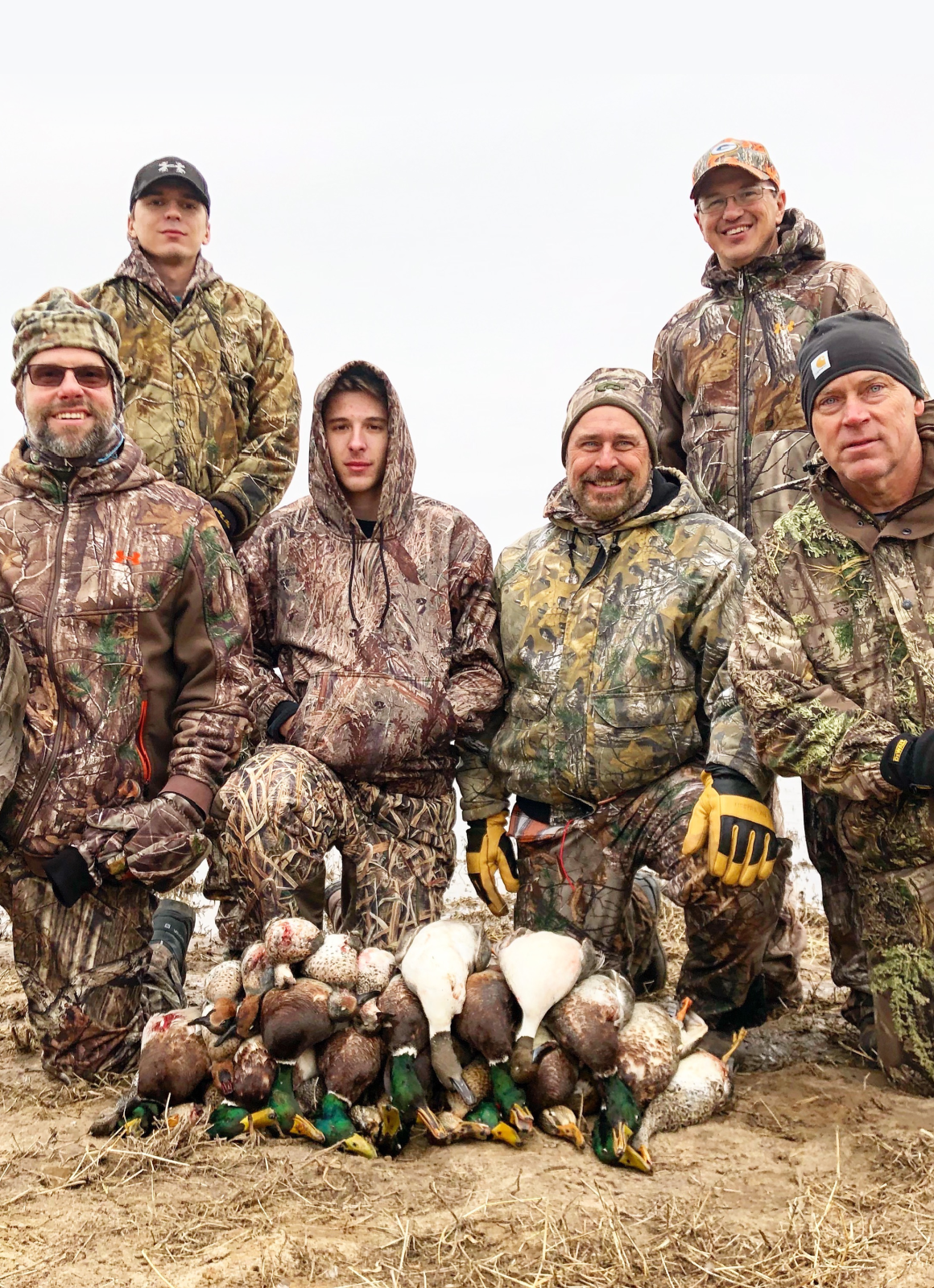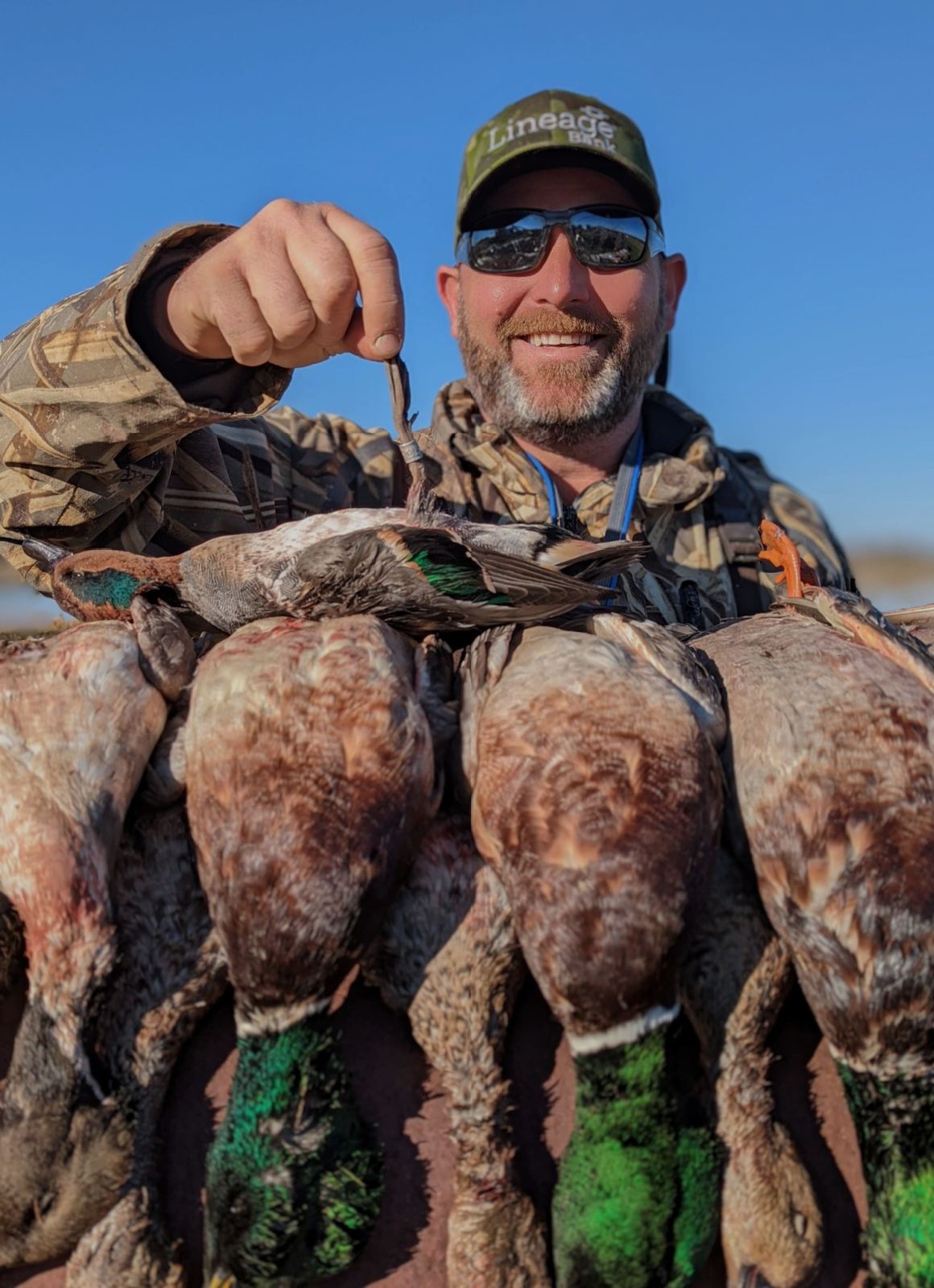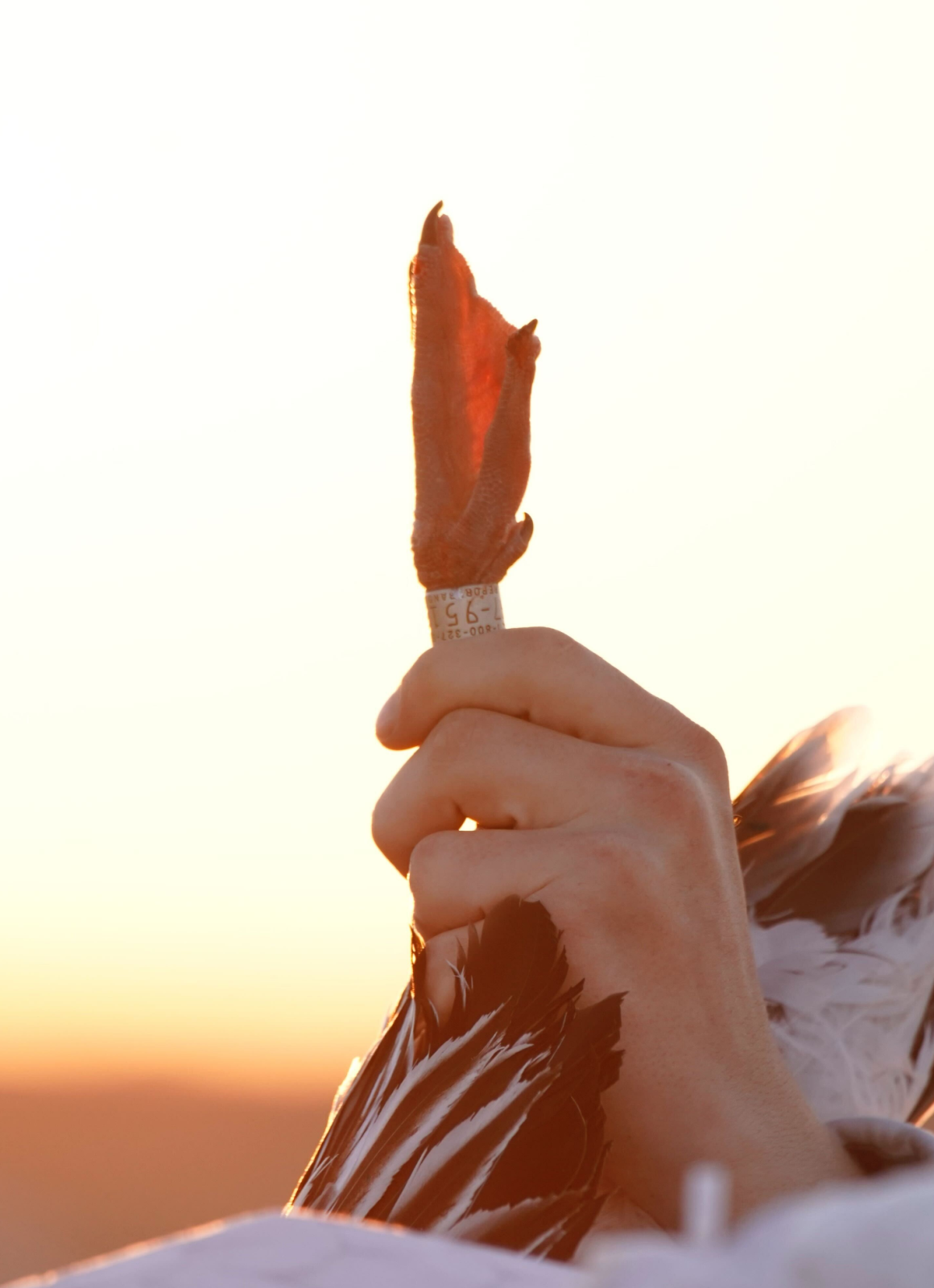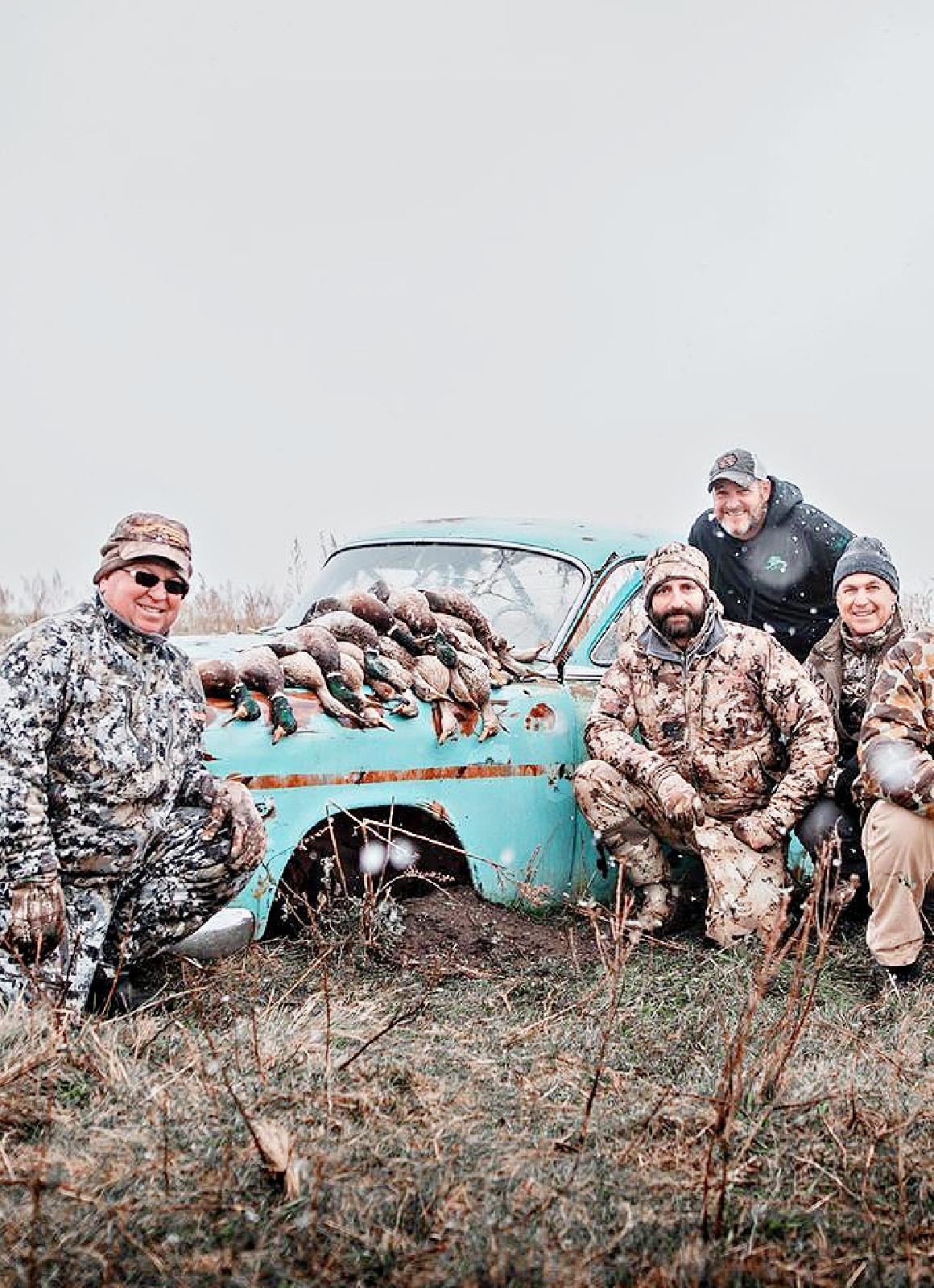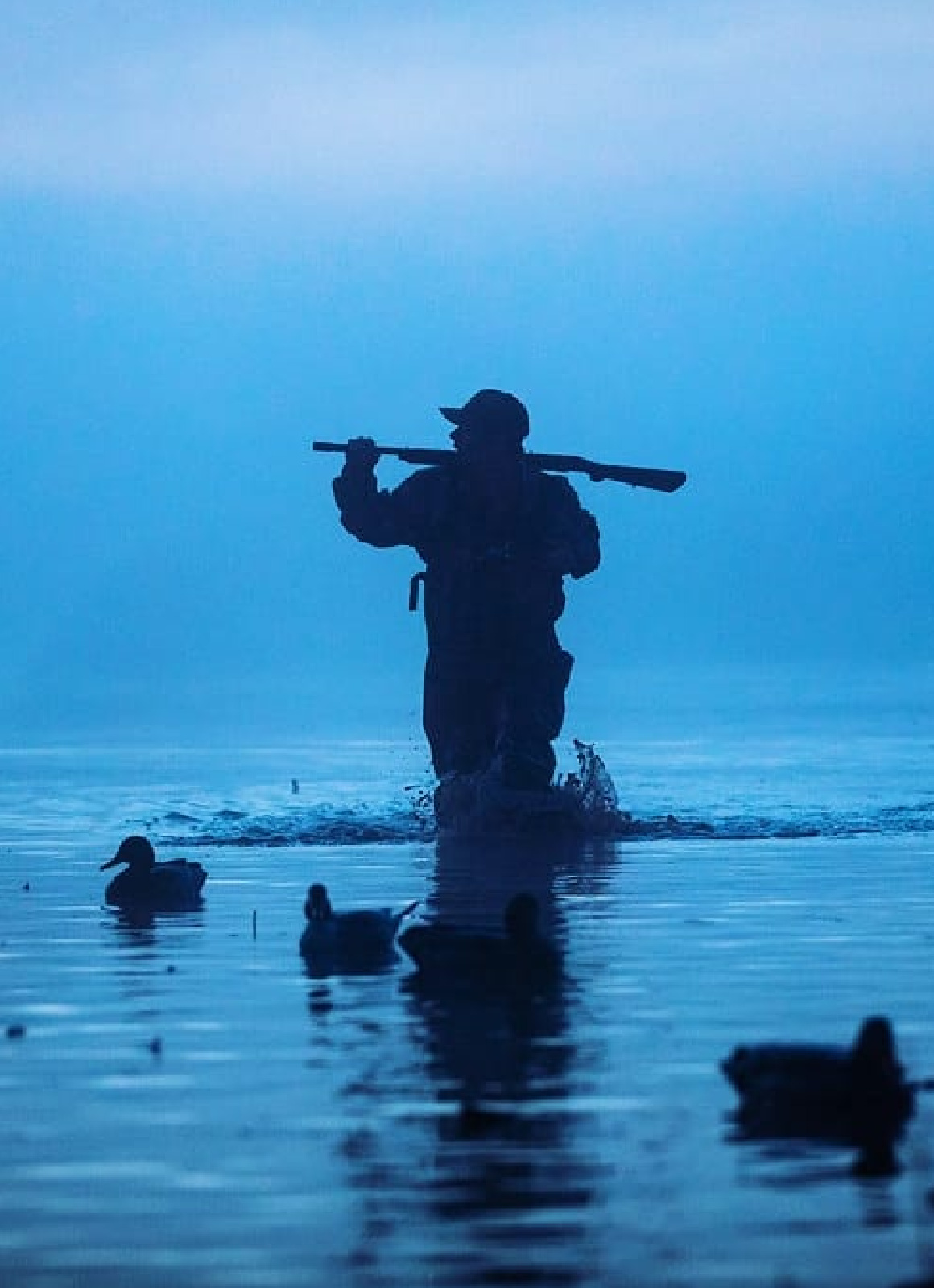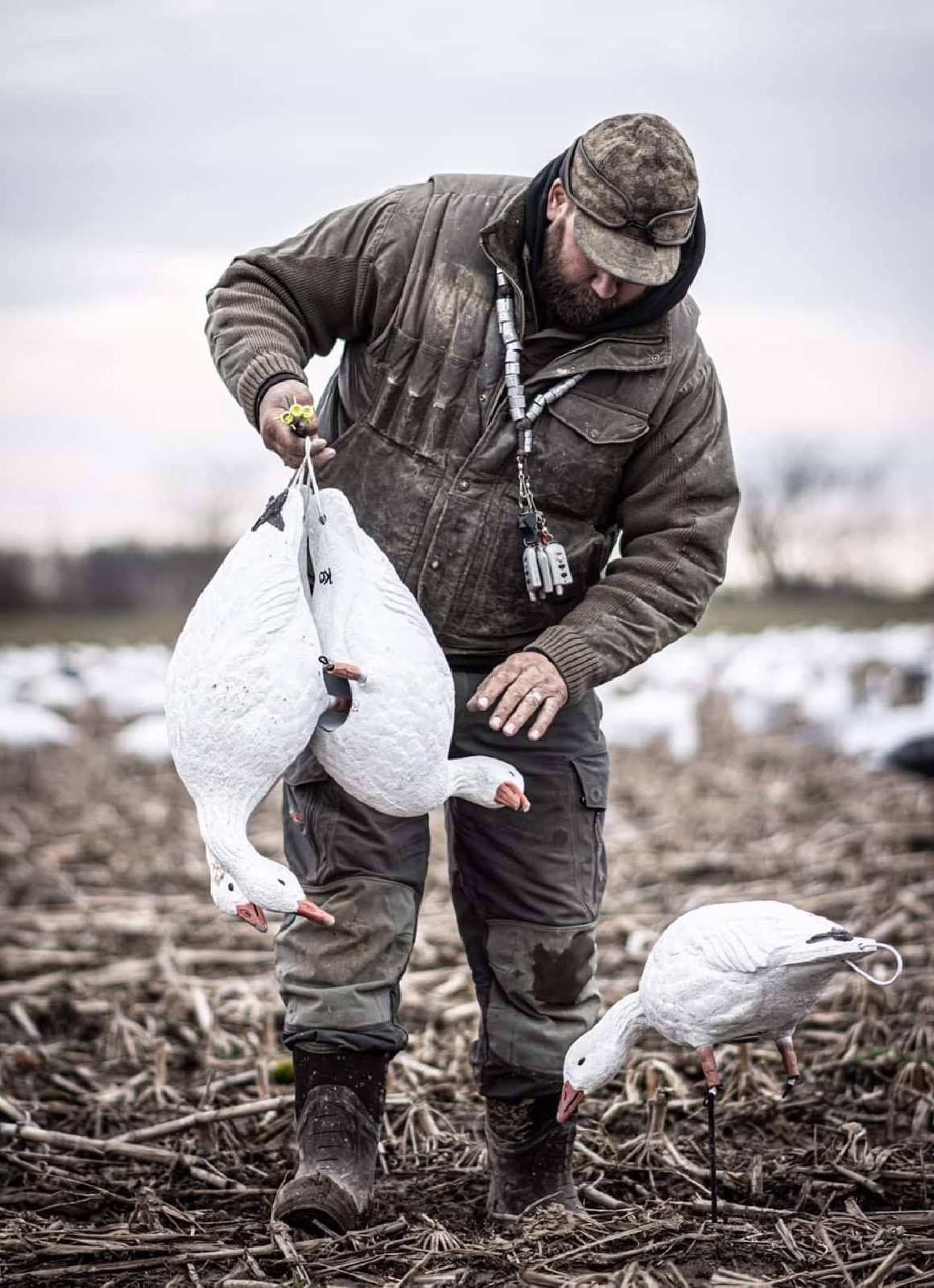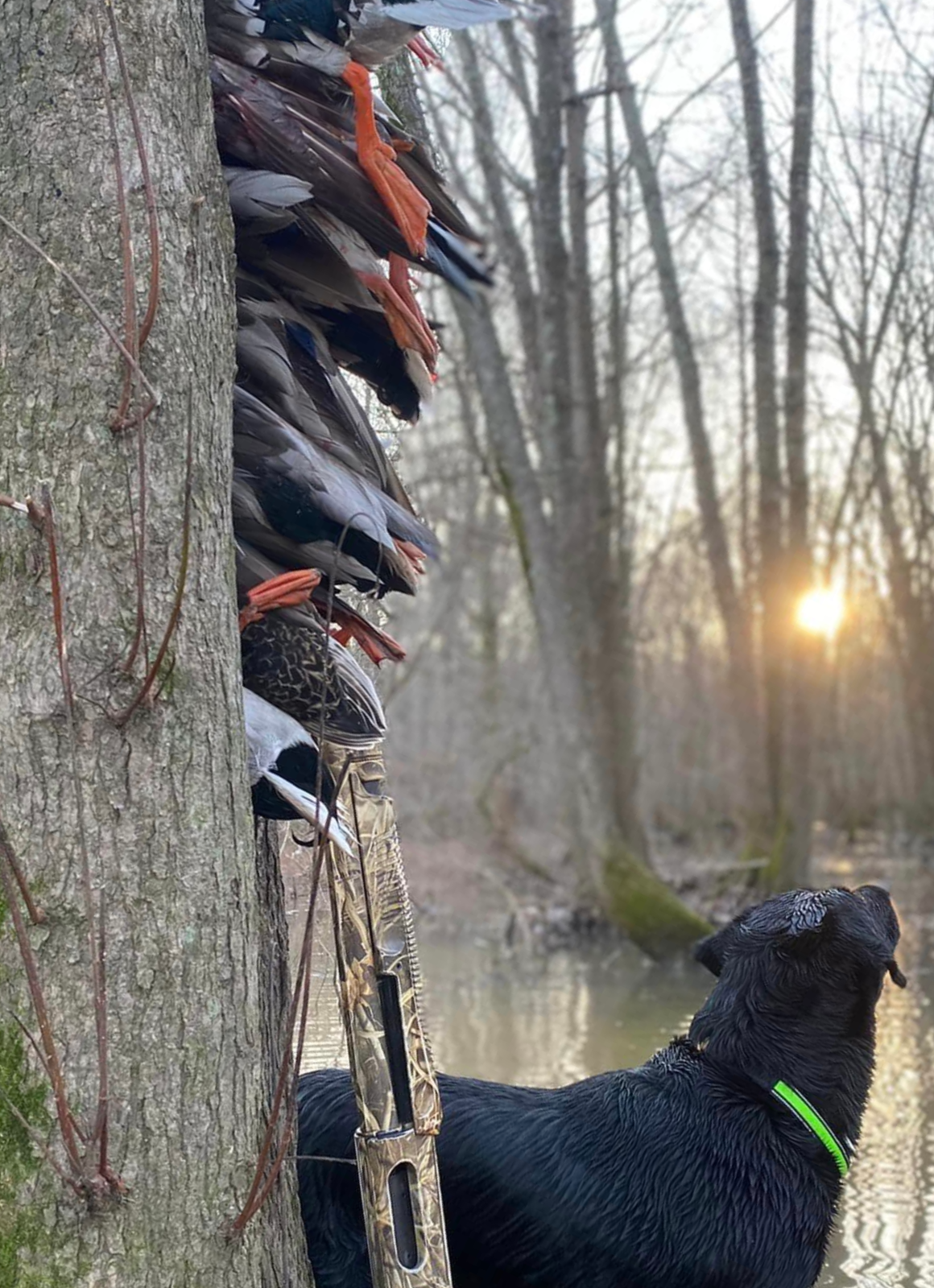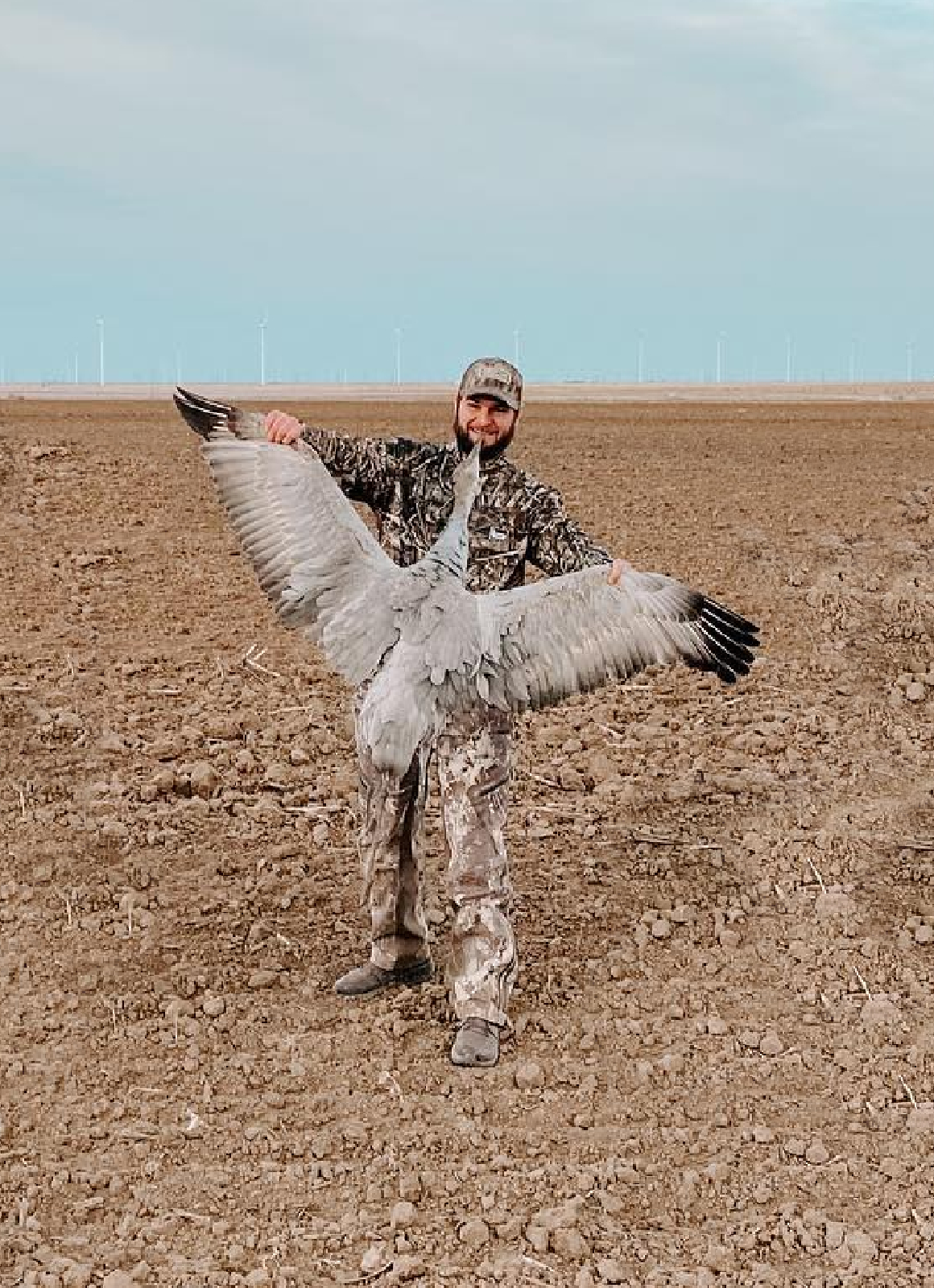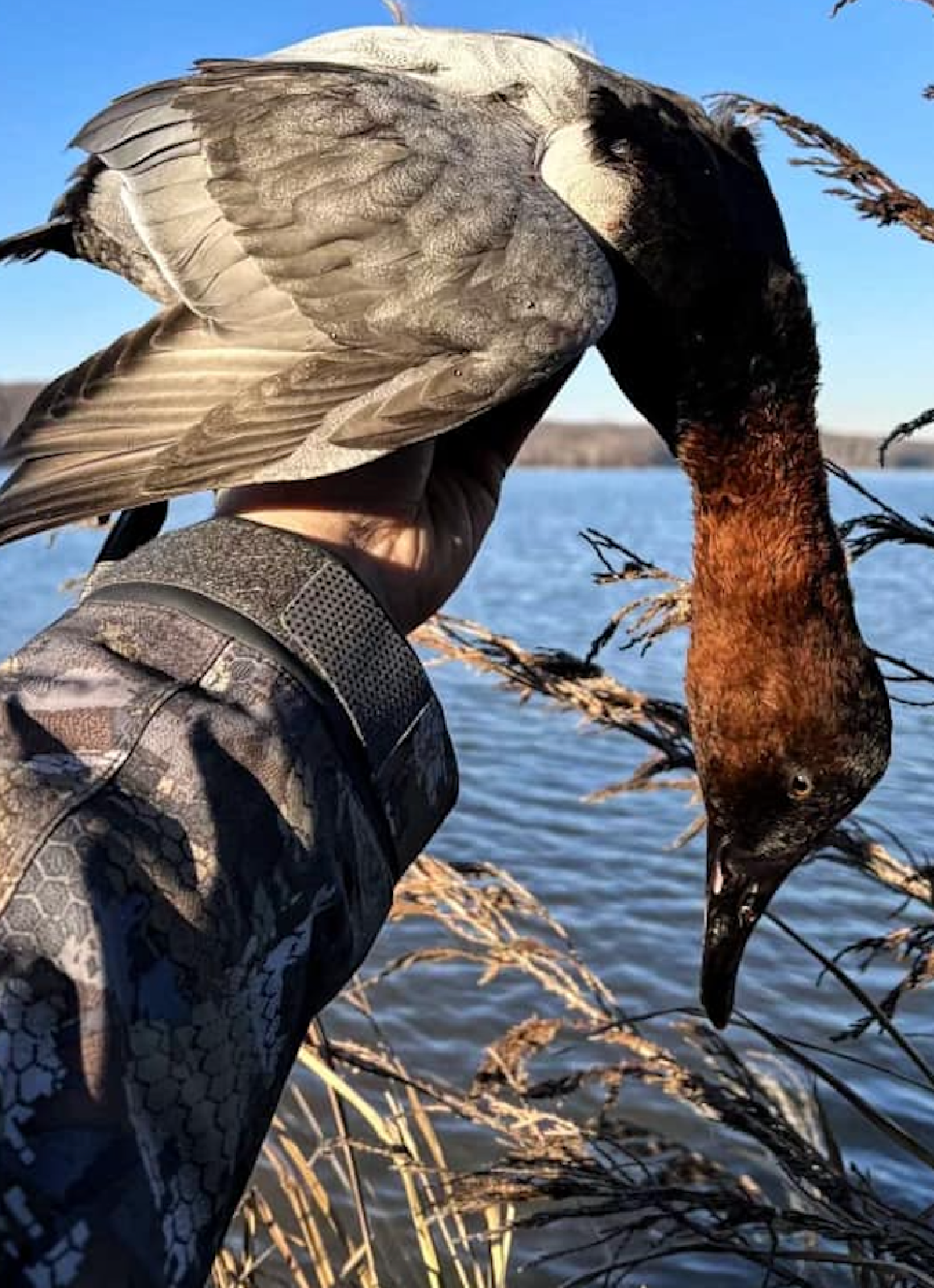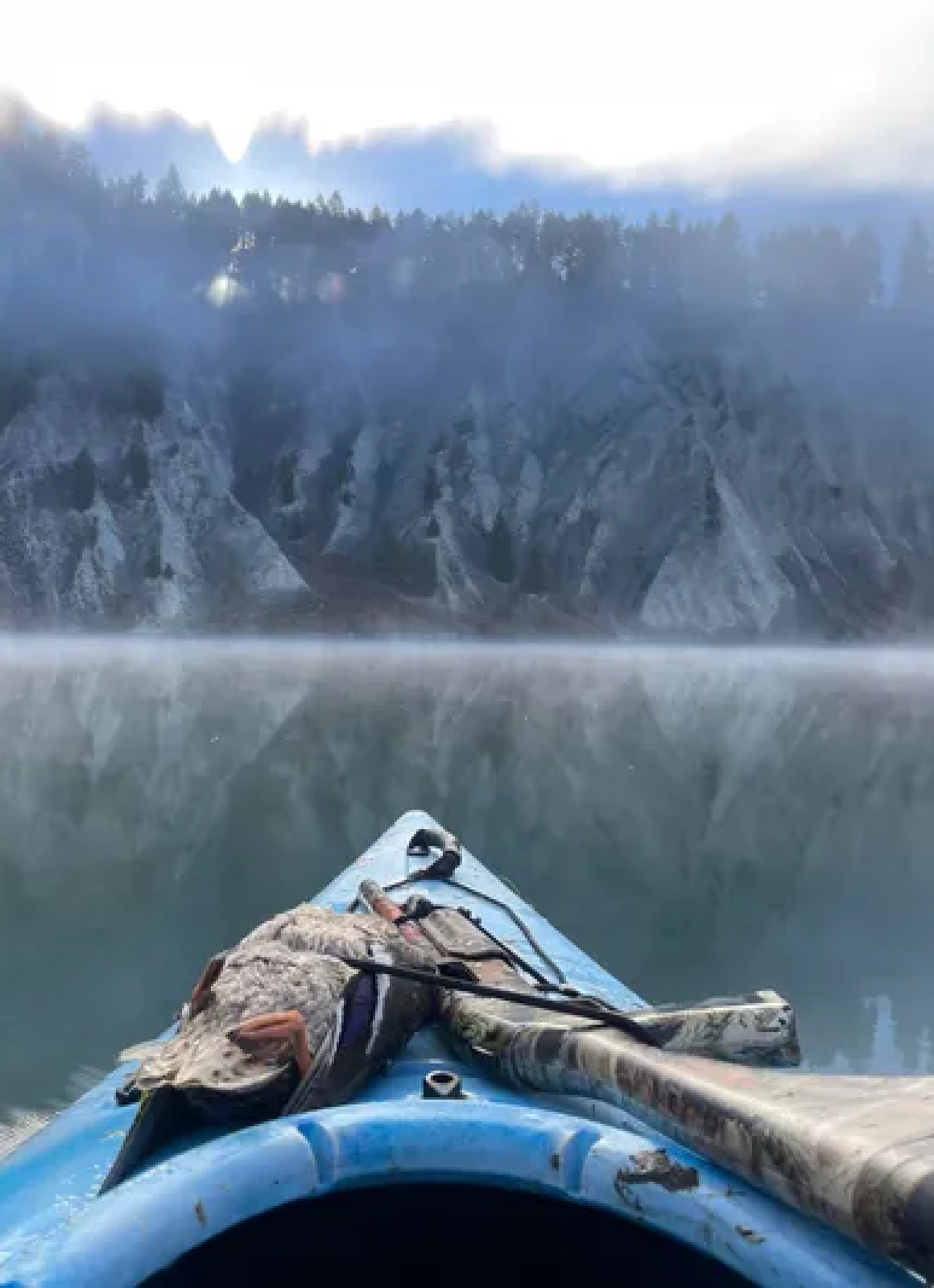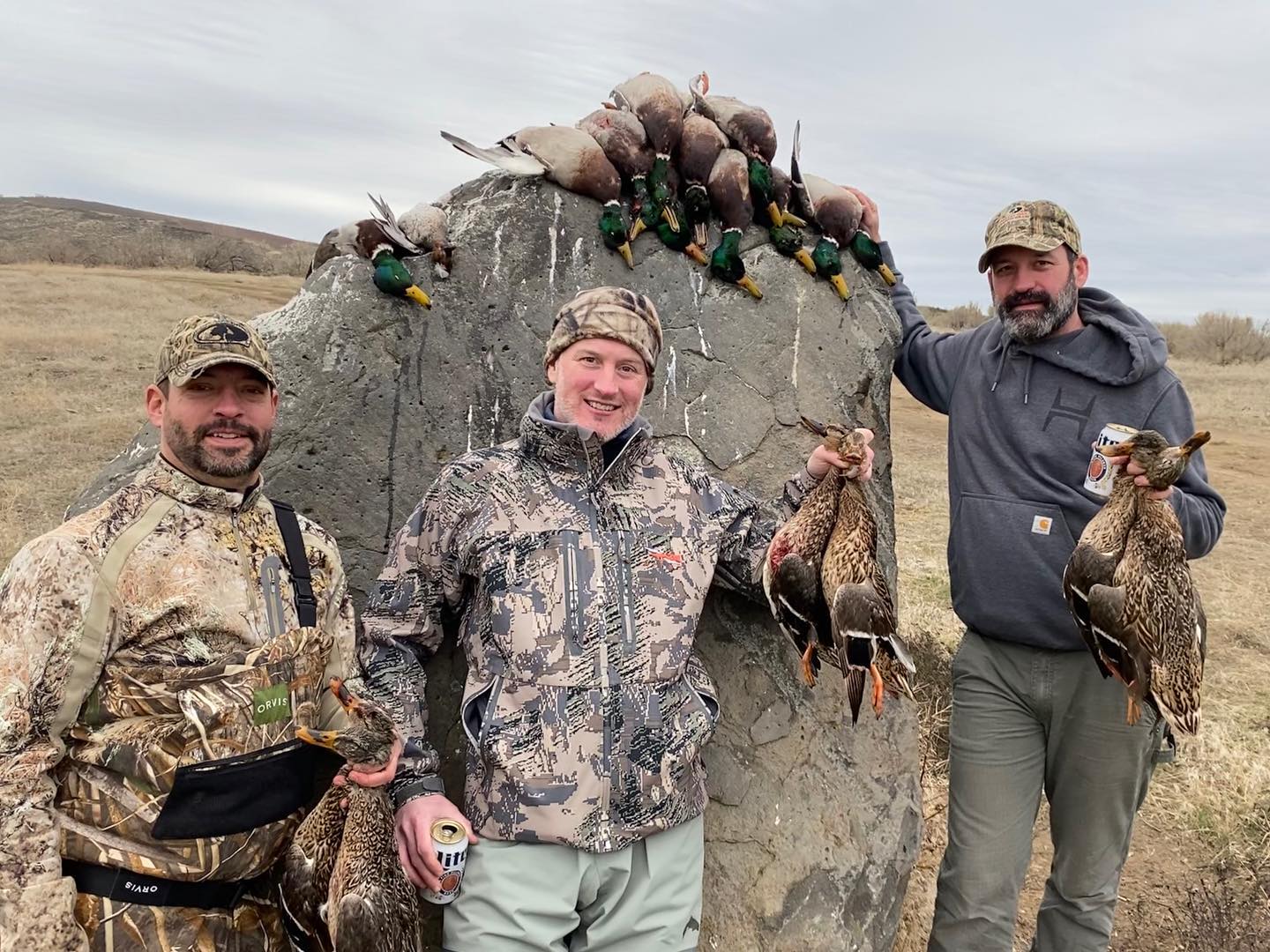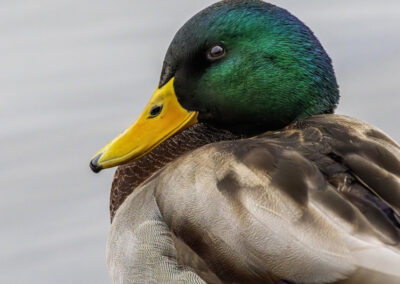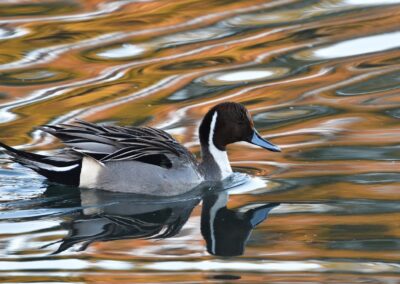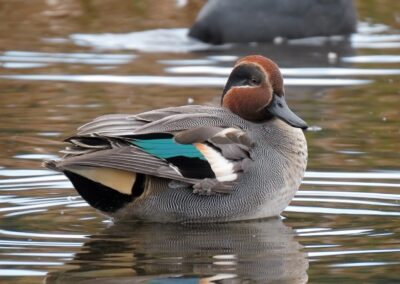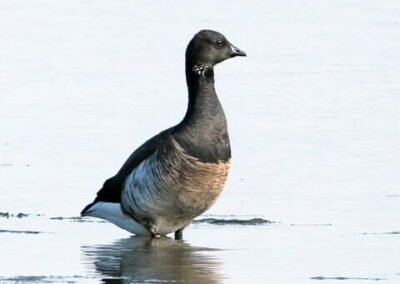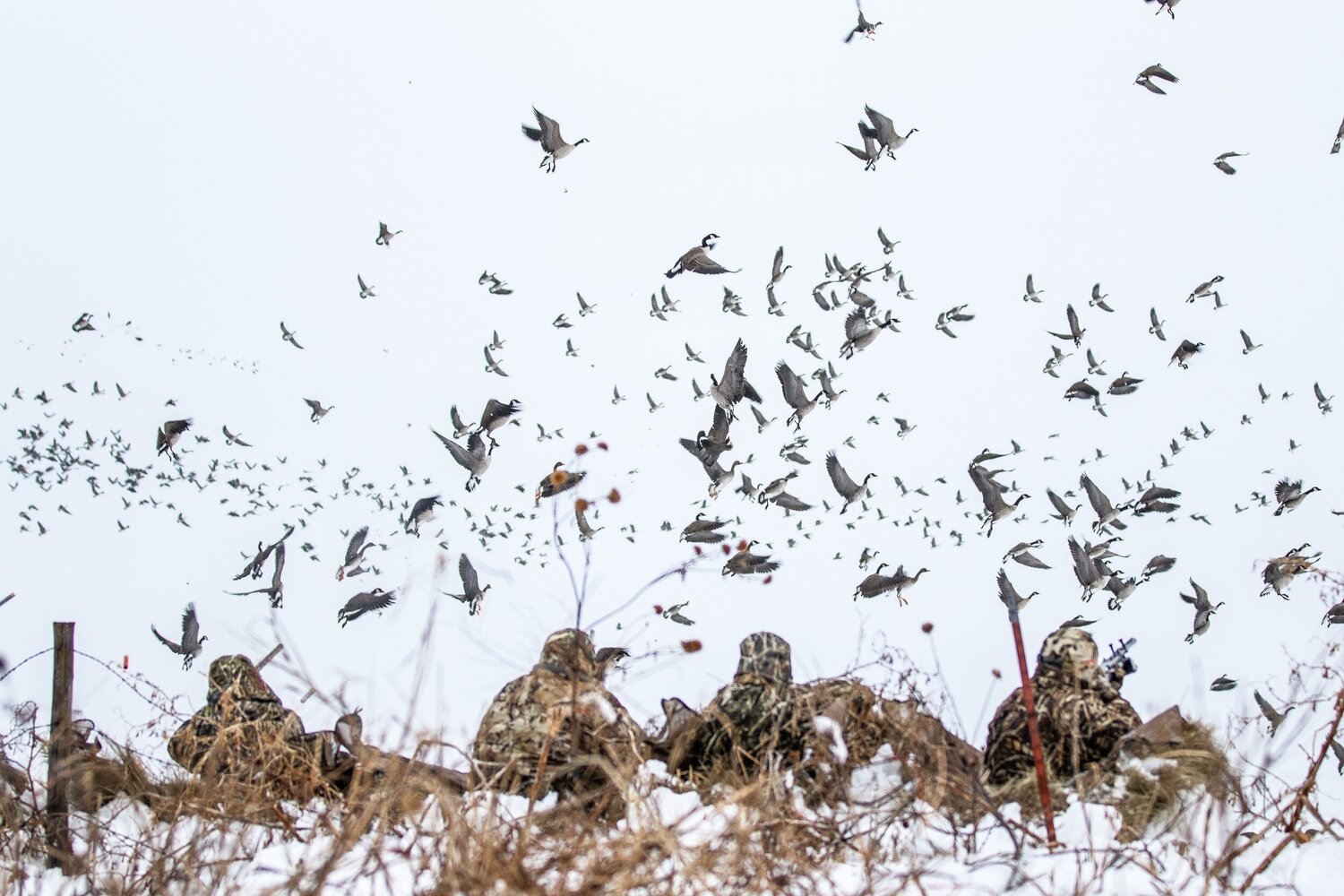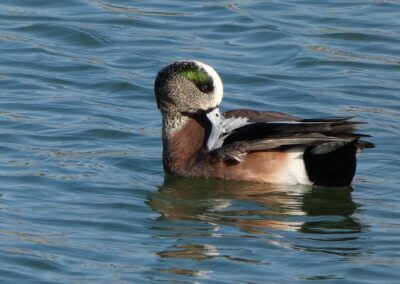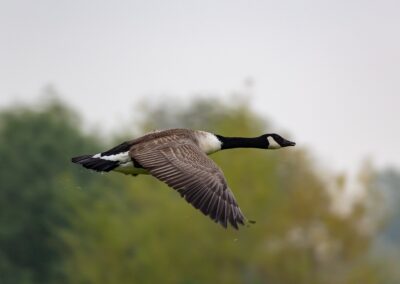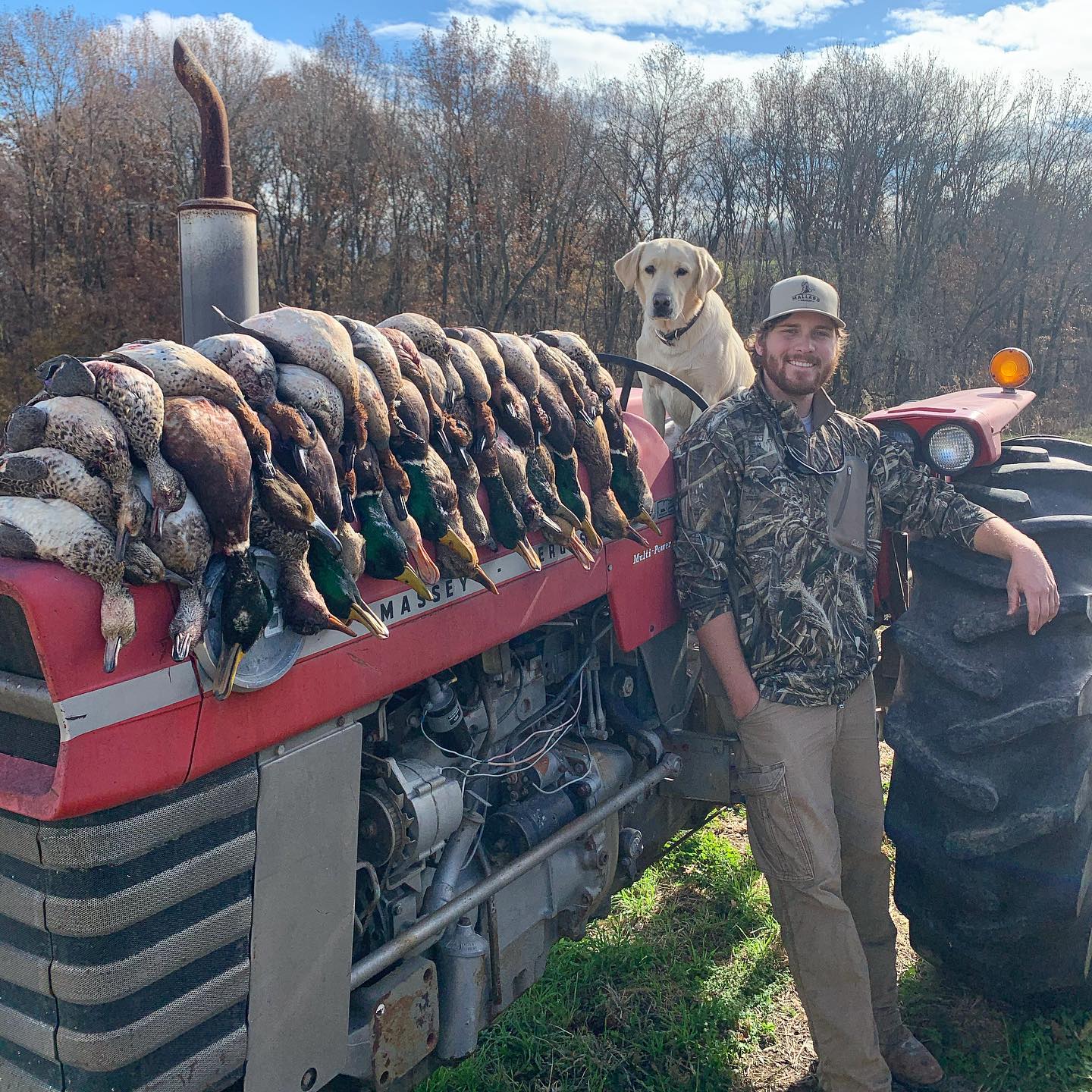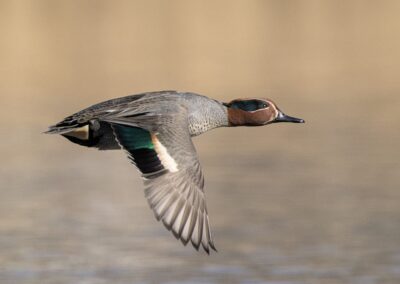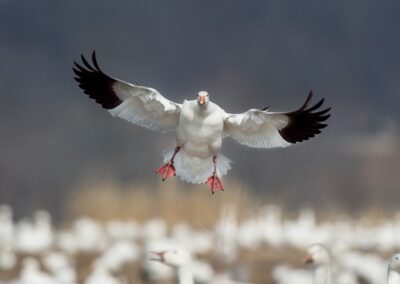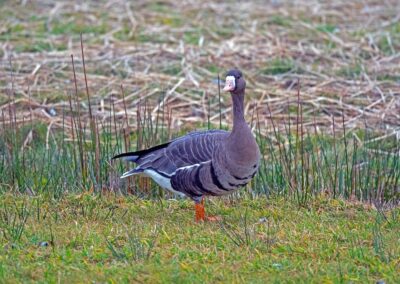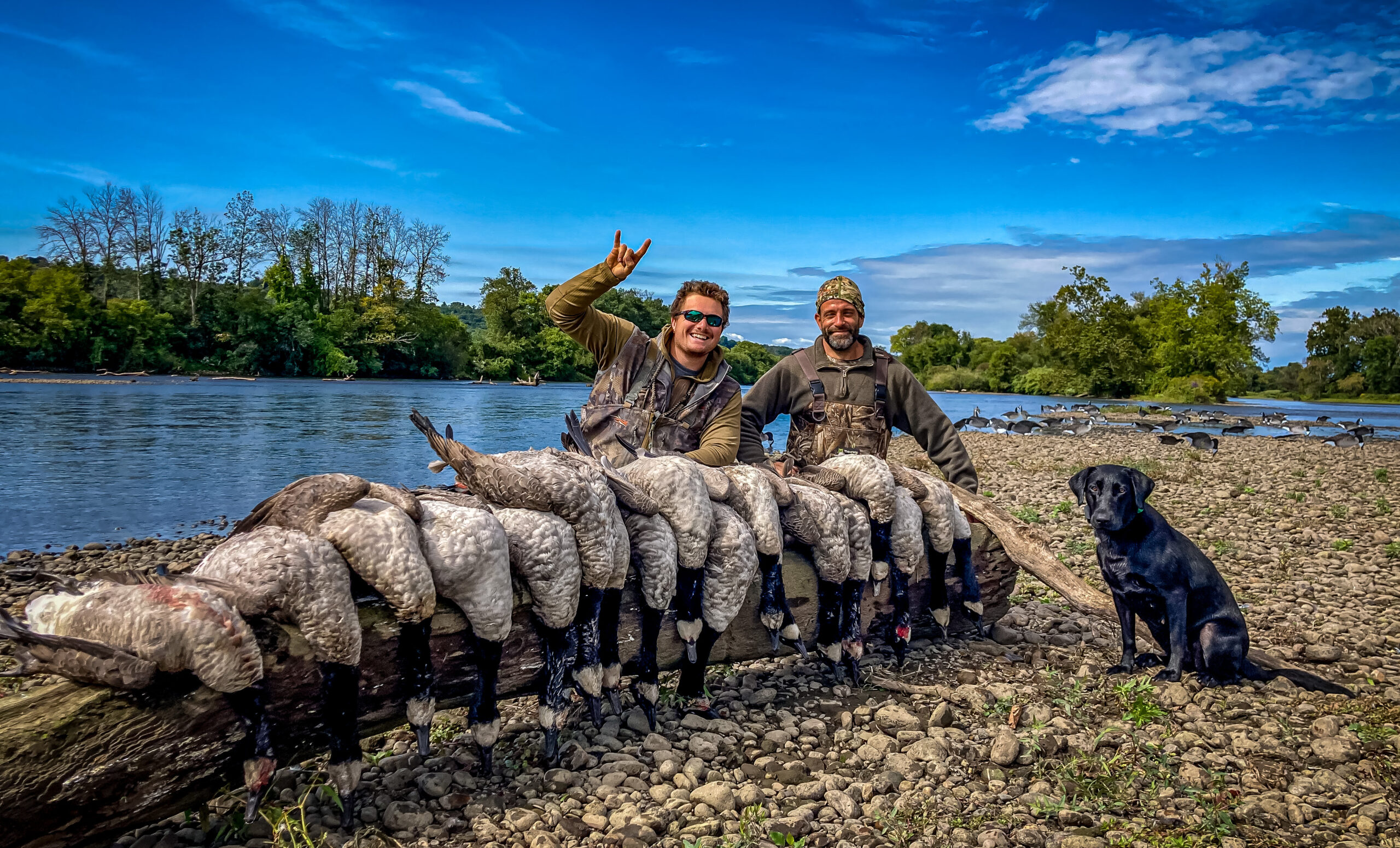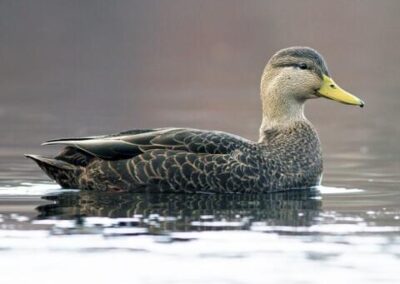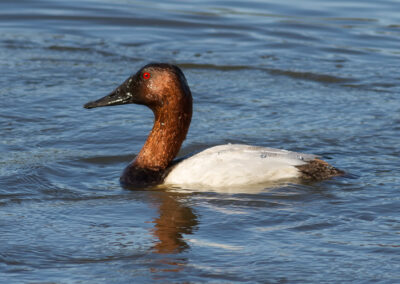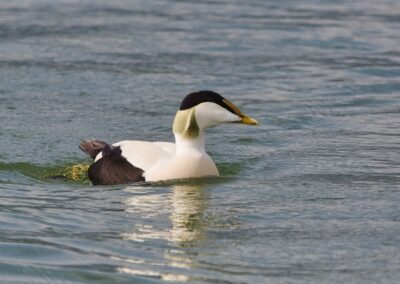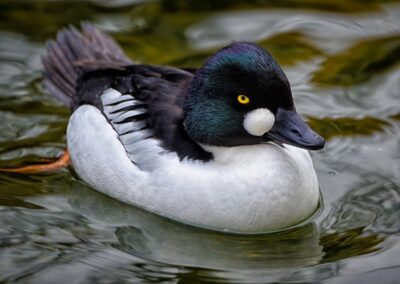MOST POPULAR TRIPS
Waterfowl
Waterfowl hunting in the United States is a time-honored tradition, attracting hunters due to its unique blend of challenge, skill, and connection to nature. Hunters are drawn not only by the abundance of waterfowl but also by the camaraderie, conservation efforts, and sense of tradition that accompany the sport.
States like Arkansas, Louisiana, and Texas are particularly popular, as they lie along the primary flyways and host high concentrations of birds, especially during migration peaks.
Learn more about the most popular states for waterfowl hunts below and start planning your next hunt today!
Seasons & Regulations
Each flyway has specific hunting season dates that can vary by state, so hunters should check local regulations annually. Waterfowl hunting in the U.S. requires a state hunting license, federal duck stamp, and state waterfowl stamp. Bag limits are carefully regulated based on flyway, species, and population data to ensure sustainable hunting practices.
Ready to book a hunt?
Talk to an expert.
Whether you’re planning a year in advance, or a week, our team of hunt advisors are available 24/7 to take the hassle out of planning your next waterfowl hunt.
Bryce, who leads the hunter concierge team, was introduced to hunting and fishing at a very young age. “It was my grandpa that taught me that the hunt isn’t just about the kill, and to appreciate the animal, the land, and the time with family and friends.”
For Bryce and the rest of our hunter concierge team, there is nothing they like more than to talk about the details of your next hunting trip. “It’s my greatest honor to connect hunters with the trips they dream about in their spare time.”
Hunt the Flyways
Pacific Flyway
Follows the West Coast, from Alaska’s tundras to South America.
The Pacific Flyway is home to mallards, green-winged teal, northern pintails, and brant geese, especially popular in areas like California’s Sacramento Valley, Oregon, and Washington.
Season and Migration: Hunting is open from October through January, with peak migrations from November through January.
Prime Hunting Locations Along the Pacific Flyway
- California’s Central Valley: A top location for waterfowl hunting, this area includes large refuges like the Sacramento National Wildlife Refuge and private wetlands. The Central Valley supports millions of ducks and geese each year, making it one of the most productive areas in the Flyway.
- Washington and Oregon Wetlands: The Columbia River Basin and Willamette Valley in Oregon offer high waterfowl concentrations and excellent public and private hunting grounds.
- Alaska’s Tundras and Coastal Marshes: In early fall, Alaska provides unique waterfowl hunting, especially for species like the Pacific brant and sea ducks, thanks to vast, wild landscapes.
- Baja California, Mexico: The coastal areas of Baja attract Pacific brant and other migrating species, providing late-season hunting opportunities for those who head south after the U.S. season closes.
Popular Species
Central Flyway
Extends from the Canadian prairies through the Rocky Mountain front, down to Mexico.
Season and Migration: The season usually runs from September to January, with peak migrations from October to December.
Prime Hunting Locations Along the Central Flyway
- North Dakota and South Dakota’s Prairie Potholes: Known as the “duck factory” of North America, the prairie pothole region is rich in shallow wetlands that attract millions of ducks and geese during migration.
- Nebraska’s Platte River Valley: The Platte River is famous for sandhill crane migration, and it also provides excellent duck and goose hunting in early fall through winter.
- Kansas’ Cheyenne Bottoms and Quivira National Wildlife Refuge: These wetland areas are major stopovers for waterfowl and offer well-managed public hunting lands and strong bird numbers.
- Texas Panhandle and Coastal Marshes: In the winter, Texas provides some of the best late-season waterfowl hunting in the Central Flyway. The Panhandle is known for geese and sandhill cranes, while the coastal marshes support diverse species of ducks.
Mississippi Flyway
Encompasses a wide stretch from central Canada, through the U.S. Midwest, down to the Gulf of Mexico.
The Mississippi Flyway, running down the Mississippi River, holds the largest population of waterfowl in North America, including mallards, teal, specklebelly, and snow geese. Illinois, Missouri, and Arkansas are popular hunting states in this flyway.
Season and Migration: The season varies from September through January, with peak migrations typically seen in November. It’s known for its dense concentration of hunters and waterfowl alike.
Prime Hunting Locations Along the Mississippi Flyway
- Great Lakes Region: States like Minnesota, Wisconsin, and Michigan offer excellent duck and goose hunting along the Great Lakes, including key migration stopover points such as the Mississippi River headwaters.
- Illinois and Missouri’s Mississippi River Bottomlands: The Illinois and Missouri sides of the Mississippi River provide prime hunting grounds, with thousands of birds concentrated along the river and adjacent fields during peak migration.
- Arkansas’ Delta Region: Often referred to as the “Duck Capital of the World,” eastern Arkansas is famous for its flooded timber and rice fields that attract mallards and other ducks in massive numbers.
- Louisiana’s Gulf Coast: Louisiana provides late-season hunting opportunities with coastal marshes that support a wide range of species, from teal to canvasbacks, as birds prepare for the journey back north.
Popular Species
Atlantic Flyway
Stretches along the East Coast from the Canadian Arctic to the Caribbean.
Season and Migration: Waterfowl season generally runs from mid-September through January, with peak migrations in late October through December.
Prime Hunting Locations Along the Atlantic Flyway
- Chesapeake Bay (Maryland and Virginia): Known for its rich history in waterfowl hunting, the Chesapeake Bay is one of the Atlantic Flyway’s most popular hunting areas, with prime habitat for diving ducks, sea ducks, and Canada geese.
- New England Coastline (Maine to Massachusetts): The rocky coastlines and salt marshes of New England attract large numbers of sea ducks, including eiders and scoters, which are popular among coastal hunters.
- New Jersey’s Coastal Marshes: The marshes and bays of New Jersey, especially Barnegat Bay, offer excellent hunting for black ducks, brant, and other waterfowl species.
- North Carolina’s Outer Banks: The Outer Banks provide opportunities for diverse species, from puddle ducks to sea ducks, in scenic marshes and along the Atlantic coast.
- South Carolina and Florida Wetlands: The coastal marshes and inland wetlands in these states host a variety of ducks and are known for late-season hunting, with a mix of resident and migratory birds.
Popular Species
Additional Resources and Information
- U.S. Fish and Wildlife Service Flyway Councils – Flyway-specific regulations
- Delta Waterfowl – Conservation initiatives and hunting tips
- Ducks Unlimited – Migration maps and waterfowl data
Join Venku
Book a Trip.
Become a Host.
The wilderness is calling.

